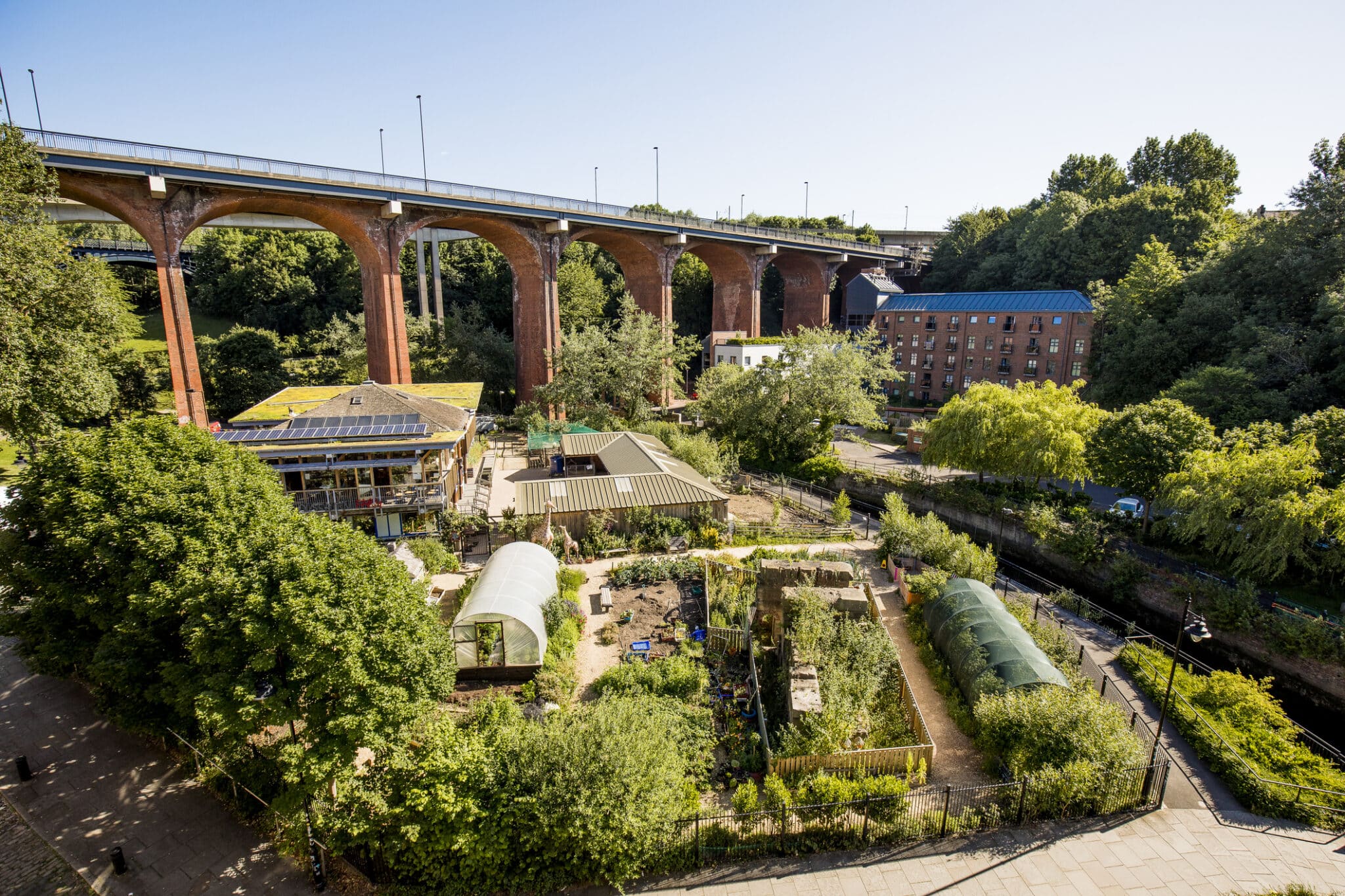City Blooming - The Facts
Table of ContentsCity Blooming Things To Know Before You BuyThe Basic Principles Of City Blooming The Facts About City Blooming RevealedCity Blooming - An OverviewCity Blooming for Dummies
Fascinated in expanding food for sale in the City of Chicago? Below is a listing of frequently asked questions relating to the regulations and guidelines that growers ought to think about when intending a city agriculture job.
The zoning modification does not change any kind of other codes handling composting, structure authorizations, buying or leasing City possessed property, organization licenses or ecological contamination. There are existing codes that control these issues and they remain in complete effect and might apply to your project. Area yards are normally had or handled by public entities, civic organizations or community-based organizations and preserved by volunteers.
Urban ranches grow food that is intended to be marketed, either on a not-for-profit or for-profit basis. Because of their business function, metropolitan farms require a business permit. Yes. A neighborhood garden is permitted to sell excess create that was expanded on site if the sales are accessory or subordinate to the yard's key purpose explained over.
See This Report about City Blooming
Composting is allowed yet just for plant material that is generated and made use of on site. The quantity of compost product can not surpass 25 cubic lawns at any offered time according to the standards in 7-28-715 of the City's Municipal Code. Yes. Due to the fact that the soil at a lot of brand-new yard websites needs changing, compost, dirt, wood chips, or other materials can be obtained to create or boost the expanding space - container and raised bed gardening etc..

If a structure permit is required after that the hoophouse will be taken into consideration an accessory building. You can figure out more regarding the building authorization needs by getting in touch with the Division of Structures. The 25,000-square-foot size restriction is intended to avoid a solitary area garden from controling an offered block or detracting from the block's existing domestic or commercial personality.
The limit does not apply to gardens located in Public Open Room (POS) areas. Can there be more than one neighborhood garden that is 25,000 square feet on a solitary block? Fence is not needed, nonetheless, gardens that have large vehicle parking locations may be required to mount fence or various other landscape design features.
The Basic Principles Of City Blooming
B1 & B2 areas need that all commercial usage tasks be carried out inside your home. Is fencing needed for city farms? Fences may be needed, along with landscaping and testing, for certain car park locations and outdoor job or storage space locations depending on location and the certain task taking location.
Urban ranches call for structure authorizations and zoning authorizations prior to building (landscaping). Various other kinds of city evaluation might be called for depending on certain frameworks, tasks, dimension, landscape design, licensing, public heath and stormwater monitoring issues.
Yes. The kind of license is identified by what is occurring at the site. The Department of Service Affairs and Consumer Defense can assist establish the specific kind of company license that's required. Yes. Off street auto parking is required for most business tasks in Chicago. The called for variety of garage is based upon the variety of workers dealing with website and not the square footage of the expanding room.
8 Simple Techniques For City Blooming

Yes. An urban ranch can market compost material generated on site, however, the operation needs to abide by the policies in 7-28-715 of the Chicago Municipal Code. Yes. Aquaponic systems are enabled indoors on urban ranches in several zoning districts. Nevertheless, a zoning evaluation and building authorization is called for in order to set up structures or systems and a service license is called for as explained over.
As much as five hives or swarms of honey may be maintained as an accessory use. Beekeepers should register with the Illinois Department of Agriculture. For more details about the proposed zoning amendment you may contact the Department of Real Estate and Economic Development, Bureau of Preparation and Zoning at 312.744.8563.
, which takes location in rural locations at the edge of residential areas.
Indicators on City Blooming You Need To Know
It can entail an activity of natural growers, "foodies" and "locavores", that look for to develop socials media founded on a common ethos of nature and area holism. These networks can create using formal institutional support, becoming integrated into regional town as a "shift town" motion for sustainable urban growth.
The extra direct accessibility to fresh veggie, fruit, and meat products that might be know via metropolitan agriculture can improve food safety and food security while decreasing food miles, leading to reduced greenhouse gas emissions, consequently contributing to climate change mitigation. Several of the first evidence of webpage urban agriculture originates from Mesopotamia.